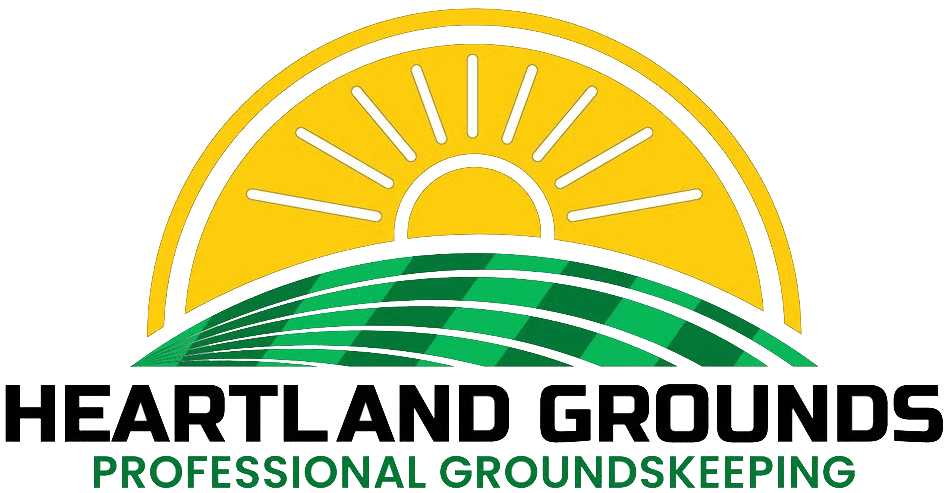Spring aeration reduces soil compaction, improves lawn health, and boosts root growth by allowing better water, air, and nutrient absorption for greener grass.
If it’s been a while since you last aerated your lawn—or you’ve never done it at all—you might be wondering whether spring aeration is worth it. In Iowa, where we deal with cool-season grasses like Kentucky bluegrass, fescue, and ryegrass, aeration can be a useful tool to keep your lawn healthy. But is spring the right time? And how can you tell if your lawn actually needs it? Let’s break it down.
What is Lawn Aeration?
Aeration is the process of perforating the soil with small holes to allow air, water, and nutrients to penetrate deep into the root zone. This helps alleviate soil compaction and encourages stronger root growth. The ideal method is core aeration, which removes plugs of soil from the lawn. This is the method offered by reputable lawn care services like Heartland Grounds. An alternative, often DIY, option is spike aeration, which simply pokes holes into the ground but does not remove soil, which can ultimately worsen compaction.
How to Tell If Your Lawn Needs Aeration
Before deciding whether to aerate, take a few minutes to check your lawn for signs of compaction:
- The Screwdriver Test – Take a screwdriver or a soil probe and try pushing it into the ground. If it’s tough to push in, the soil is compacted and could likely benefit from aeration.
- Standing Water & Runoff – If water pools on the surface after rain instead of soaking in, it’s a sign that the soil is too dense.
- Thinning Grass & Bare Patches – When grass struggles to grow despite watering and fertilizing, compacted soil could be choking out the roots.
- Heavy Foot Traffic or Machinery Use – If your lawn sees a lot of activity (kids playing, dogs running, or regular mowing with a heavy mower), the soil may be packed down, limiting root growth.
If any of these sound familiar, aeration might be worth considering this spring.
Benefits of Spring Aeration
- Loosens Compacted Soil – Aeration removes small cores of soil, allowing air, water, and nutrients to reach the root zone more effectively.
- Boosts Nutrient Absorption – Fertilizer and water can reach deeper into the soil instead of running off the surface.
- Encourages Healthy Root Growth – By improving soil structure, aeration helps grass roots expand and establish a stronger foundation.
- Breaks Up Thatch – A thick layer of dead grass and organic material (thatch) can smother your lawn. Aeration helps break it down and improve decomposition.
Should You Aerate This Spring?
For many Iowa lawns, fall is the best time for aeration because it gives cool-season grasses time to recover and grow deeper roots before winter, but if your lawn is in rough shape now, waiting until fall may not be the best option.
If your lawn is struggling and showing signs of compaction, spring aeration can help.
Not sure if aeration is right for you? Heartland Grounds can assess your lawn and recommend the best approach for a healthy, thriving yard.
